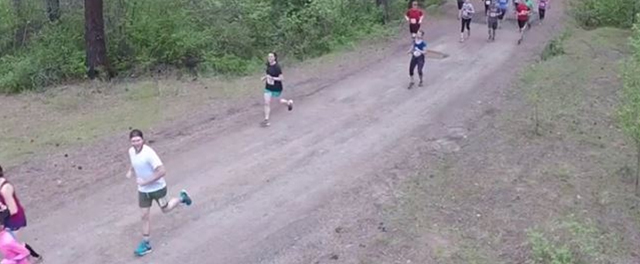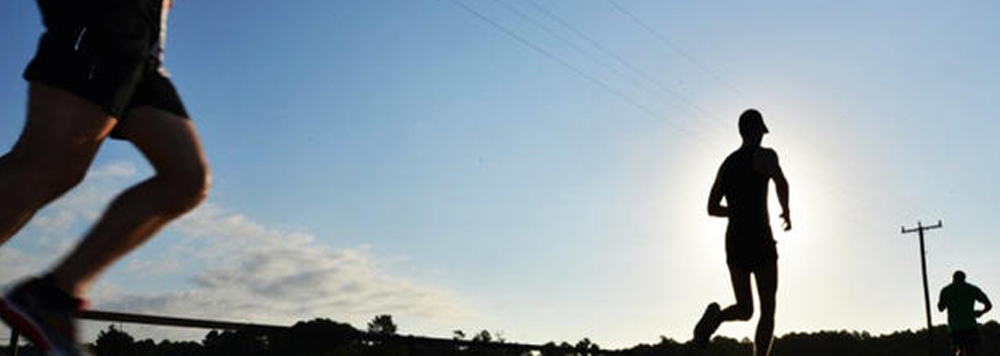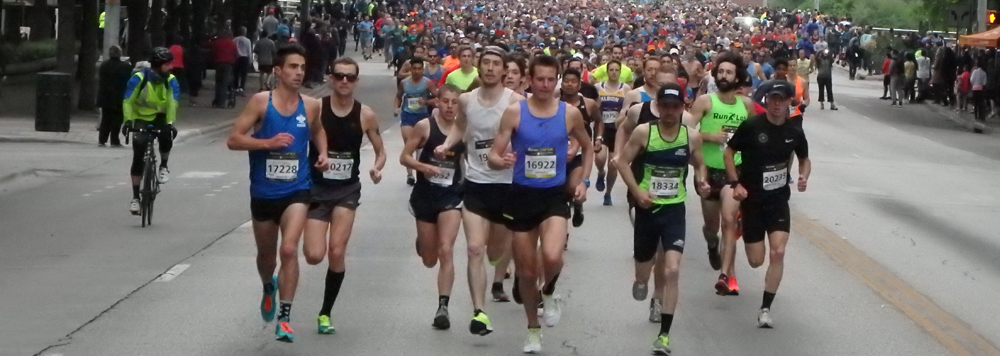Competitive running is all about goal setting and working towards those goals. You have a race, or set of races, you begin a build-up months ahead, and through a series of progressive workouts, hone your racing speed so that you are “race-ready” when you step on the starting line of your target race.
But the COVID-19 pandemic has thrown a wrench in all of that. Because there is so much uncertainty as to when races will return, it’s difficult to develop a training plan based on a target date or dates.
Greg McMillan, the nationally renowned rerunning coach and former Austinite (now based in Mill Valley, California), has given this dilemma some thought, and believes that regardless, it’s beneficial to embrace race-specific training.
Shorter; faster. Rather than recommending specific workouts, McMillan suggests a shift in your overall thinking about your running. Doing so requires some flexibility. Suppose you typically train for a big fall marathon. Well, those are simply not happening this year, so instead of logging big long runs, shift you thinking and work on shorter distances like your 5K speed. Those (5Ks) are the most likely races to begin emerging once social distancing is not as stringent as it is now. Or maybe target the mile. Did you hear about Lynn Rathjen, the 75-year old high school cross-country coach and retired physical therapist from Grand Island, Nebraska who just set a world age-group record with a 5:59 mile? Rathjen had been signed up for the USATF indoor and outdoor masters’ championships, but COVID-19 canceled those. No problem. On August 9, there was a race called the Lincoln Mile in Nebraska (socially distanced, of course) and Rathjen nailed a 5:59.18.
Trails; longer. Maybe you have never really taken to trail running. Here in Austin we’re blessed with miles of great running trails to train on. Trail races are generally longer, ranging from 25K all the way up to 100 miles. So you could shift your thinking to train for a trail race.
The bottom line here that McMillan is conveying is that we should learn and adapt. Look at your workouts in a new light, and see this as an opportunity to explore training and nutrition approaches that you didn’t have time to before. Don’t be afraid of failure, and instead focus on what you can learn. Adapt by trying some “virtual” races. If you think about it, virtual races are essentially the same as solo time trials, and what’ wrong with that.
The bottom line is that by learning and adapting you can still set goals. And after-all, isn’t that what running is all about?
Note: Ready to Run is OPEN FOR BUSINESS! Monday – Friday: 10AM – 5PM | Saturday: 9AM – 5PM | Sunday: 12PM – 5PM





